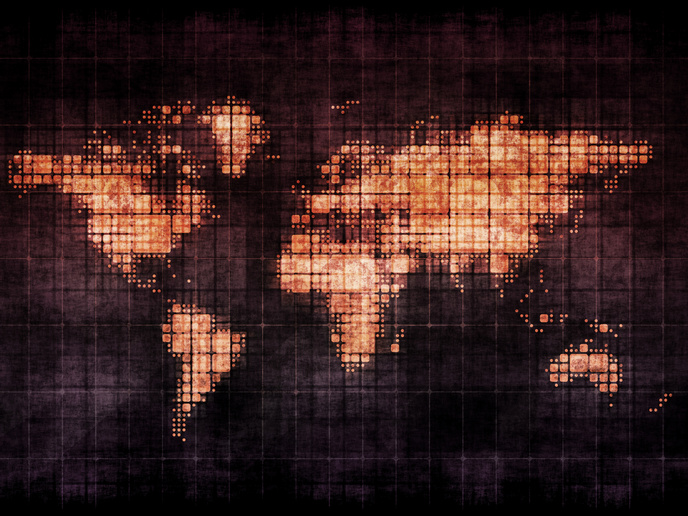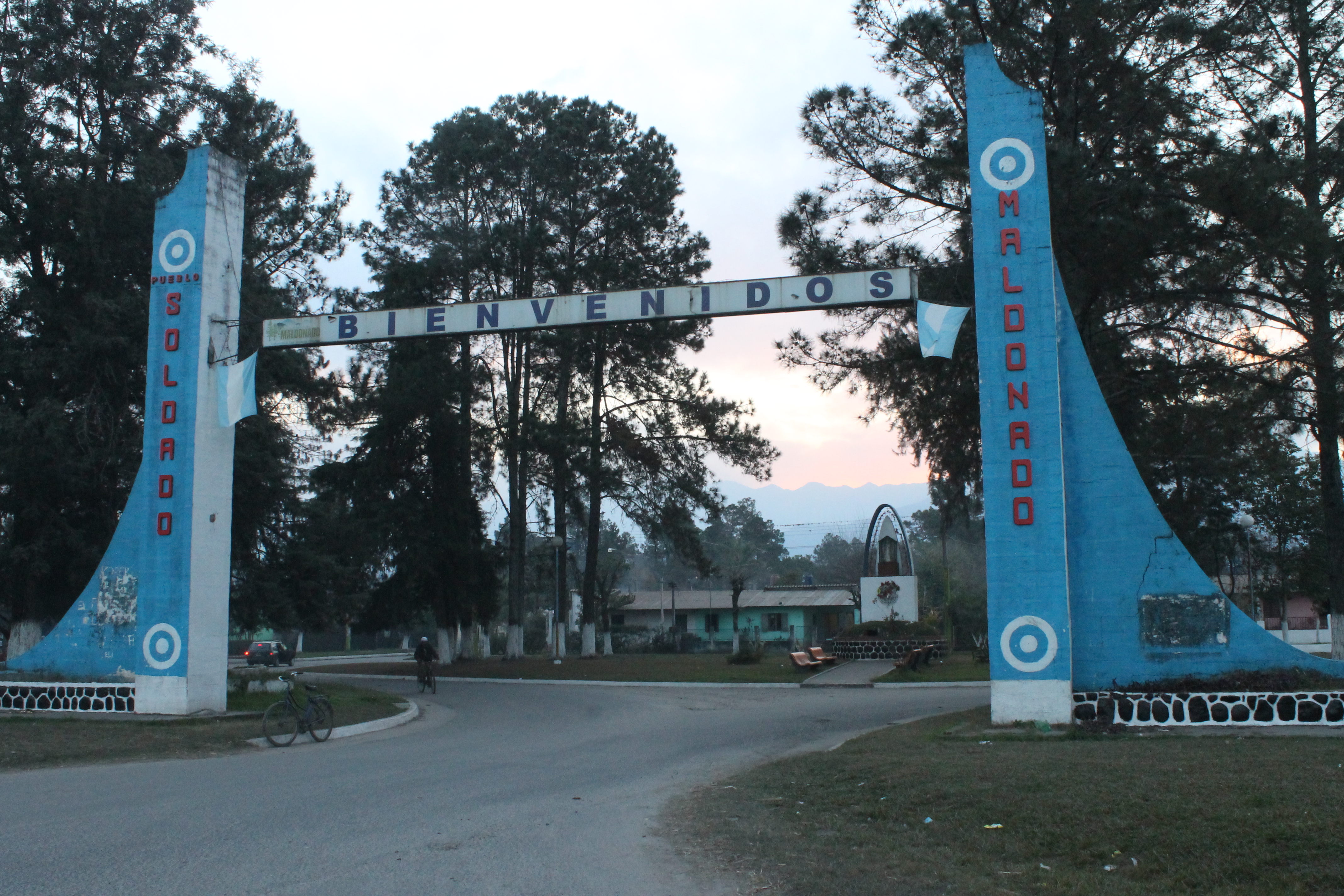Using machine learning to identify political violence and anticipate conflict
In today's world, conflict and violence continue to cause unimaginable suffering and loss. Imagine being able to anticipate the emergence of organised, political violence and predict the likelihood of conflict in countries around the world in order to take measures to prevent violence. That’s exactly what researchers at Uppsala University in Sweden have been working on. Supported by the European Research Council, their project, called ViEWS, is a major steppingstone towards the ability to assist affected populations before conflict erupts. “We know that early warning systems are essential in preventing and mitigating conflict. But what’s even more important is taking anticipatory action based on those warnings,” says Håvard Hegre, the project’s principal investigator. “If we can predict where and when conflict is likely to occur, we can work with governments and humanitarian organisations to take action before the situation deteriorates.”
Putting algorithms to work
ViEWS uses machine learning algorithms to analyse a range of data sources, as well as socioeconomic factors, political developments and past instances of violence. The system then assigns a risk score to each country, indicating the likelihood of conflict breaking out within the next 12 months, explains Hegre, who is a research professor at the Peace Research Institute Oslo and Uppsala University’s Department of Peace and Conflict Research. Specifically, the system monitors all locations at risk and produces uniform predictions of the number of fatalities in impending state-based conflict. This is coupled with probabilistic assessments of the risks of state-based, non-state, and one-sided violence, at both country and sub-national levels. While the national forecasts inform the local forecasts and vice versa, the two levels of analysis differ. They are separate assessments that should be interpreted in conjunction with each other. For instance, models informing the national level forecasts consider valuable structural and historical factors. On the other hand, the sub-national level models accentuate effects from local compound risks related to demography, terrain, proximity to natural resources, local precipitation levels, droughts and conflict history in neighbouring areas.
Inspiration and promising results
According to Hegre, the main inspiration for ViEWS came from quantitative research on armed conflicts conducted since the 1990s. The research identified patterns in conflict occurrence, such as the fact that democracies rarely fight each other in interstate conflicts, and internal conflicts are more common in countries with a democratic system and poorer regions near international borders. With this knowledge, Hegre and his team set out to develop a system that can forecast armed conflict and alert the international community to high-risk regions. First piloted in Africa, due to the high number of conflicts on the continent, ViEWS expanded to the Middle East in 2022. The impact of ViEWS is significant, particularly in regions where conflict is a recurring issue. By identifying areas at risk, governments and humanitarian organisations can take steps to address underlying causes of conflict and provide support to vulnerable populations. Hegre is optimistic about the project’s potential to be a game-changer in conflict prevention around the world. “By providing decision-makers with timely and accurate information, we can work together to prevent the devastating consequences of conflict,” he says. For instance, ViEWS forecasts are available through an API that is updated monthly. “We know the API is accessed by UN organisations – one UN office in particular has set up an internal ‘dashboard’ where the forecasts are juxtaposed with other information and used for their engagements with stakeholders,” said Hegre. As such, the project has contributed to a UN report that presents ViEWS forecasts. “We continuously engage with international organisations and with governments that have internal early-warning systems,” added Hegre. “We do not know exactly how much ViEWS is used – it is publicly available and we have not monitored usage very carefully, but we know that our system is seen as a benchmark and that many of the ideas we have tested out are making their way into their own modelling.”
Keywords
ViEWS, conflict prevention, violence early warning system, machine learning algorithms, risk assessment, Africa





